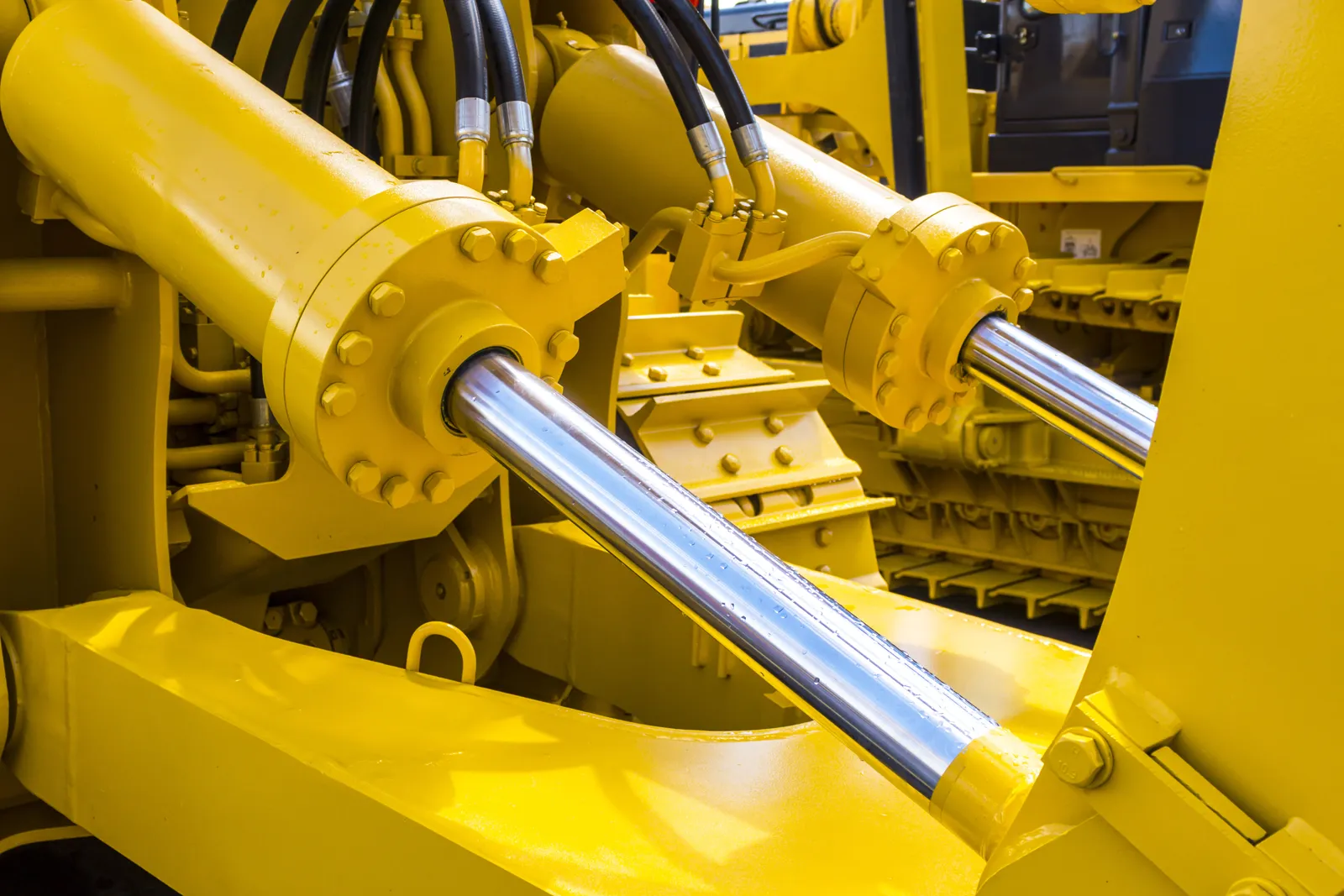Exploring the Importance of Rubber Manufacturing and Hydraulic Compression Technology
Rubber manufacturing plays a crucial role in industries such as automotive, aerospace, and consumer goods, among others. The development of hydraulic compression technology has revolutionized rubber manufacturing processes by offering precise control, improved product quality, and increased efficiency. Microquick Engineers, a leading manufacturer of hydraulic dispersion kneaders, has significantly contributed to these advancements, providing cutting-edge hydraulic compression machines that meet the demands of various industries.
Advancements in Hydraulic Compression Technology for Rubber Manufacturing
Hydraulic compression technology has seen significant advancements in recent years, leading to improvements in precision, control, product quality, efficiency, and automation in rubber manufacturing processes.
One major development in hydraulic compression machines is the proportionate hydraulics system, which allows for precise pressure and flow controls. This, along with the precise process control of all parameters, including pressure, speed, vacuum, curing, degassing, and ejection, has led to better control and consistency in rubber manufacturing.
Improved product quality and reduced defects are also notable advancements in hydraulic compression technology. The elimination of air entrapment and improved material flow contribute to consistent quality molding in terms of part dimensions, strength, improved surface finish, and enhanced overall product aesthetics.
Increased efficiency is another key advancement in hydraulic compression technology. High-speed vacuum and efficient control systems, along with ram prefill systems and faster mold filling, have contributed to reduced curing times and faster cycle times in rubber manufacturing processes.
Finally, automation and user-friendly operation have become integral parts of hydraulic compression technology advancements. PLC-HMI control systems for automatic operations and touch screen controls make it easier for operators to manage and control the manufacturing process, allowing for more streamlined and efficient operations.
Microquick Engineers’ Vacuum Compression Moulding Machine and Hydraulic Dispersion Kneader
Microquick Engineers, a leading manufacturer of hydraulic dispersion kneaders, offers advanced hydraulic compression machines for rubber manufacturing, including the Vacuum Type Automatic Compression Rubber Moulding Machine and the Hydraulic Dispersion Kneader.
The Vacuum Type Automatic Compression Rubber Moulding Machine comes with several features and benefits, such as proportionate hydraulics systems for precise pressure and flow controls and a high-speed vacuum for faster cycle times. This machine finds applications in various aspects of rubber manufacturing, providing consistent quality molding and improved product aesthetics.
Microquick Engineers’ Hydraulic Dispersion Kneader offers numerous technical features and advantages, such as wear resistance in the mixing chamber and rotors, innovative shaft seals for preventing ingredient leaks, and low energy consumption. This kneader is ideal for rubber compounding and batch preparation, delivering consistent performance and quality.
With over 25 years of experience in the industry, Microquick Engineers has developed cutting-edge hydraulic compression machines that meet the demands of various industries, solidifying their position as a leader in the field of rubber manufacturing technology.
Comparison with Traditional Compression Molding Methods
Advanced hydraulic compression technology offers several advantages over traditional compression molding methods, leading to significant improvements in rubber manufacturing processes.
Improved part quality is a notable advantage of advanced hydraulic compression technology. With precise process control, the elimination of air entrapment, and improved material flow, the resulting molded products exhibit better dimensions, strength, surface finish, and aesthetics.
Faster cycle times are another benefit of advanced hydraulic compression technology. The integration of high-speed vacuum systems, efficient control systems, and faster mold filling processes contribute to reduced curing times, leading to more efficient production.
Reduced waste is also a key advantage of advanced hydraulic compression technology, as the improved process control and material flow lead to fewer defects and less material wastage.
On the other hand, traditional compression molding methods often suffer from limitations such as inconsistent product quality, longer cycle times, and higher waste production, highlighting the need for advanced hydraulic compression technology in rubber manufacturing.
Applications of Advanced Hydraulic Compression Technology in Various Industries
Advanced hydraulic compression technology has found widespread applications across a range of industries, thanks to the numerous benefits it offers in terms of product quality, efficiency, and process control.
In the automotive industry, this technology plays a crucial role in manufacturing various rubber components such as seals, gaskets, and hoses, ensuring high-quality and reliable products that meet the stringent demands of the sector.
Aerospace and defense industries also benefit from the advancements in hydraulic compression technology, as it enables the production of high-performance rubber parts that can withstand extreme conditions and rigorous performance requirements.
The healthcare industry is another sector where advanced hydraulic compression technology is utilized. It aids in the manufacturing of medical-grade rubber products, such as seals and gaskets for medical devices, ensuring that these components meet the strict quality and safety standards of the industry.
Consumer electronics is yet another industry that leverages advanced hydraulic compression technology, as it facilitates the production of rubber components for various electronic devices, offering improved product quality and durability.
Lastly, the oil and gas industry also benefits from the adoption of advanced hydraulic compression technology, as it allows for the production of rubber components that can endure the harsh operational environments and demanding performance requirements typical of this sector.
Discover Microquick Engineers’ Advanced Solutions
Advancements in hydraulic compression technology have significantly transformed rubber manufacturing, offering improved precision, control, product quality, efficiency, and automation. Microquick Engineers, with over 25 years of experience, plays a pivotal role in delivering cutting-edge technology and products, such as their Vacuum Compression Moulding Machine and Hydraulic Dispersion Kneader.
If you’re interested in exploring Microquick Engineers’ innovative solutions, visit their website at https://microquick.us, download their brochure at https://microquick.us/brochure, or learn more about their technical features at https://microquick.us/technical-feature. To gain a deeper understanding of their machines, consider scheduling a call or a Zoom meeting with their experienced team.


